Fueling your body with proper nutrients is an essential way to provide yourself with enough energy for day-to-day activities. For athletes, fueling helps optimize their endurance and performance. Optimum fueling includes both feeling energized AND comfortable during your next adventure on our playground. Abdominal and muscle cramping are commonly experienced by athletes, which can be discomforting and impact performance.But, have no fear! Choosing the right nutrients to fuel your body can prevent abdominal or muscle cramping during physical activity so comfort, nor performance, is compromised.
Here are 5 fueling tips to help you avoid cramping:
1. LISTEN TO YOUR THIRST CUES

Simply, a thirst cue is your body raising a large sign saying “I need water now!”. Both thirst and natural bodily responses to conserve water are signs of early stages of dehydration. Reminder: although our bodies attempt to decrease water loss through urine, we still lose water through breathing and sweating.Ignoring your thirst cues can lead to an increase in core temperature if too much water is lost from the body. Without proper rehydration, our bodies can become prone to heat stress, particularly heat cramps.
Heat cramps can be painful for athletes who sweat a lot when engaging in physical activity in hot weather.You can identify a heat cramp progressing if you experience subtle twitches in your arms, legs or abdomen during or after physical activity.These cramps can escalate into painful muscle spasms, which will impact performance.
To avoid dehydration and heat cramps, make sure to drink hydrating beverages proactively throughout the day.Preferably, drink water or if engaging in intense exercise, a sports drink containing sodium. Clickhere to find more information on hydration for athletes!
2. GET YOUR ELECTROLYTE BALANCE
Heat cramps can also be caused by excessive loss of sodium from our muscles. Sodium is an important mineral that helps maintain electrolyte and fluid balance in the body. With potassium, it is especially important in helping your nerves carry out muscle contractions.
It is rare to experience a sodium deficiency because any diet rarely lacks sodium. If intakes are low, your body reduces their loss in urine and sweat.However, athletes who lose a lot of sodium through sweat can experience muscle cramps during their training or a competition.
Before, during and after your next training session, make sure to fuel your body with enough sodium for optimum electrolyte balance.Naak's Ultra Energy Bars contain 180 mg of sodium to keep you fueled, with ease in chewing, swallowing and digestion, you’ll be sure to avoid muscle cramps without compromising performance!

3. AVOID VITAMIN B5 DEFICIENCY
Pantothenic Acid, or Vitamin B5, is an important B vitamin needed by the body for proper metabolism of carbohydrates, proteins and lipids to provide energy. Particularly, B5 is important to produce neurotransmitters, steroid hormones and hemoglobin in red blood cells.
Like sodium, B5 deficiency is rare but if it occurs, there is a general failure of all body’s systems. This includes GI distress, which eventually leads to stomach cramps or even muscle cramps.
Vitamin B5 is easily destroyed in food processing, so natural sources of this vitamin are recommended to ensure optimum absorption by the body. Fortunately, there are abundant sources of vitamin B5, such as in oats, potatoes, tomatoes, whole grains and broccoli.These natural sources are a great way to ensure you have sufficient vitamin B5 to prevent cramps throughout your training.
4. EAT YOUR LEAFY GREENS
Leafy green vegetables are a great source of magnesium. Alongside sodium and potassium, magnesium is a mineral important in muscle contraction and muscle blood flow.When your body isn't fueled with enough magnesium, the regular contraction-relaxation of muscles are affected, which can result in cramps.Eating sufficient magnesium can increase muscle blood flow, which is important when there is a build-up of lactate during vigorous exercise. Lactate build-up in the blood, released from muscle, is often associated with muscle cramps.
Other sources of magnesium include nuts, legumes and whole grains.Also, dietary magnesium supplementation can lower muscle cramping frequency as this helps reduce the high build up of lactate. These supplements may also aid in preventing muscle fatigue and muscle damage during extraneous physical activity.
5. HAVE SOME JUICE
A quick and effective way to get your daily dose of vegetables is juice. On top of the many vitamins and minerals in vegetables, they also contain a lot of nitrate.Dietary nitrate can enhance exercise performance and help avoid muscle cramps by improving blood flow. You can find high doses of nitrate in Arugula, Beetroot, Spinach, Lettuce and Celery.
Astudy found that drinking 500 mL of Beetroot juice a day for 6 days can help your muscles contract more effectively because oxygen is used more efficiently during low and high intensity exercises. Beetroot juice also dilates blood vessels so your muscles are supplied with enough oxygen. This helps prevent lactate build up and cramping in muscles.
All in all, proper nutrition and hydration fueling are equally important in avoiding muscle cramps. By having a sustainable and balanced diet, with plenty of water, fruit and vegetables, you’ll be feeling empowered and comfortable to tackle your next challenge on our playground.


























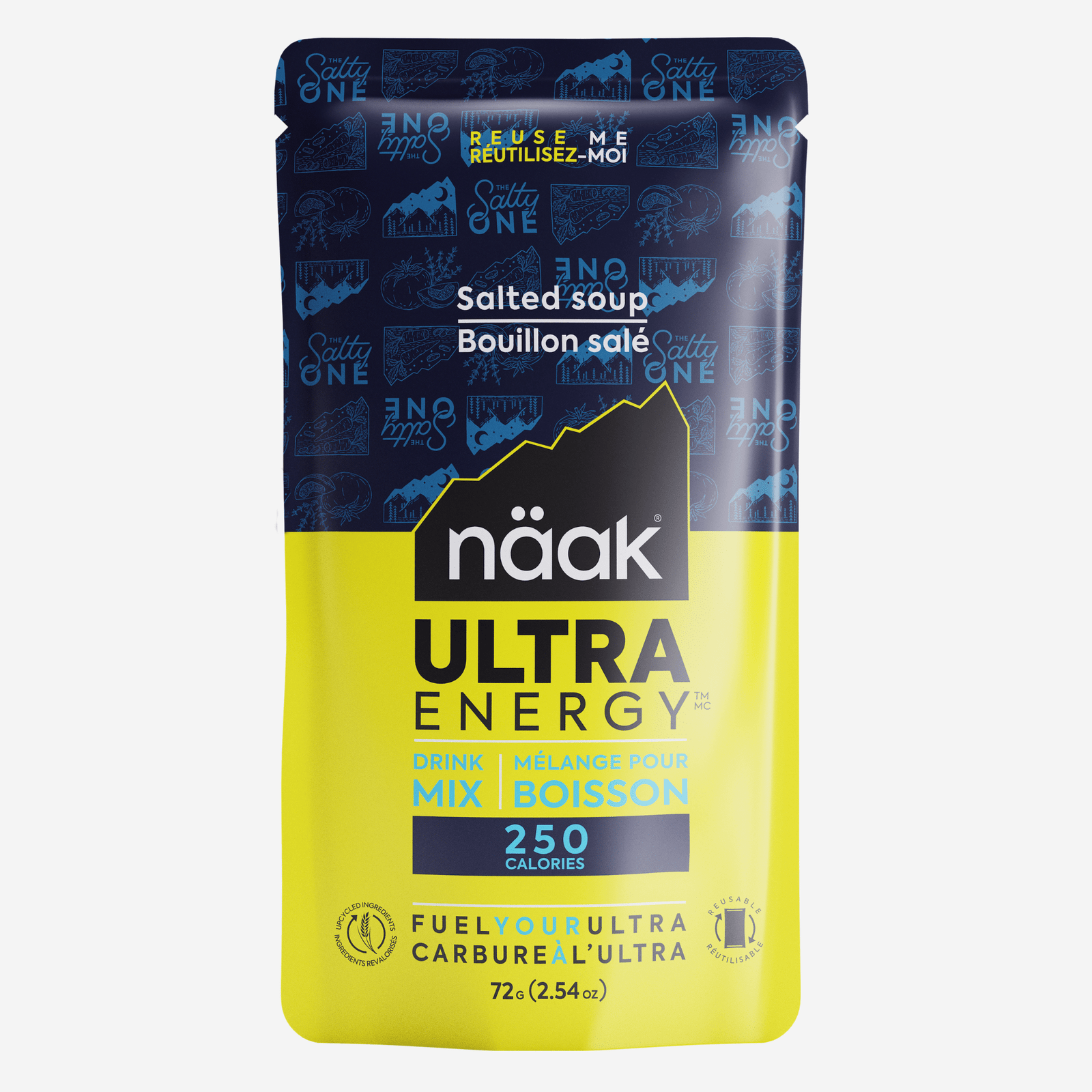
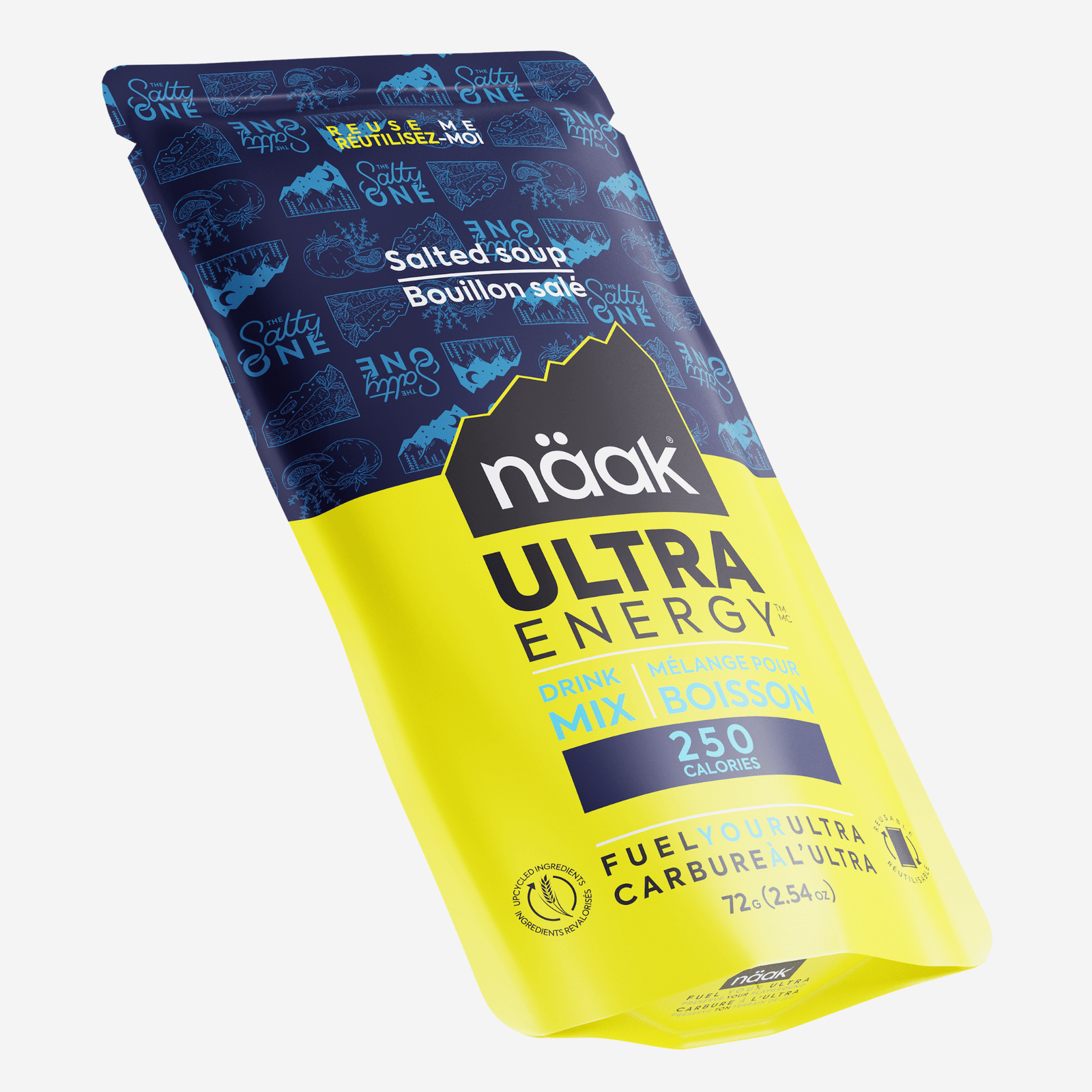

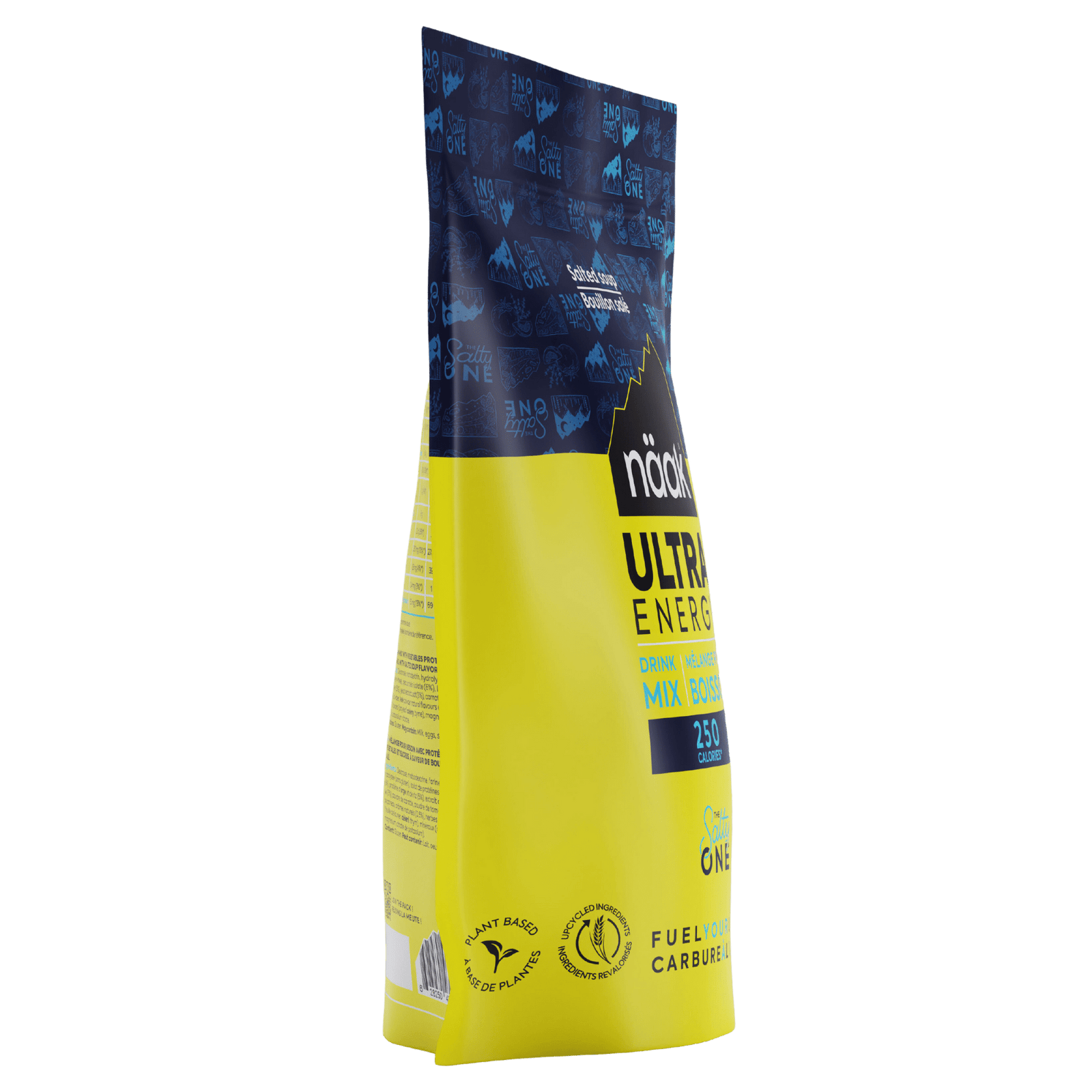
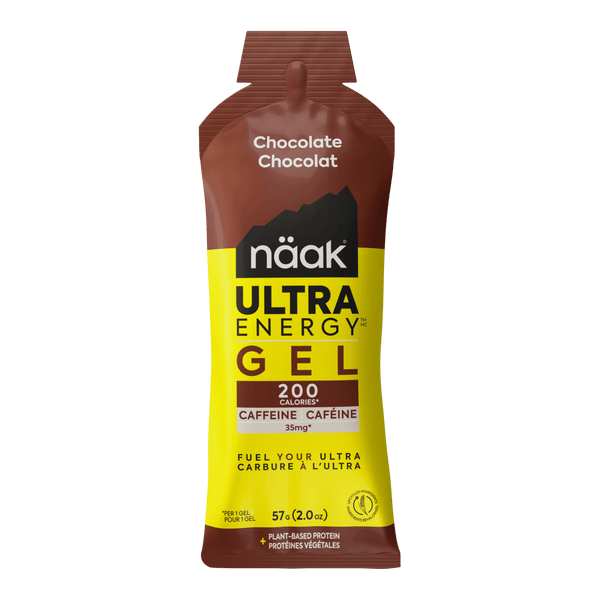
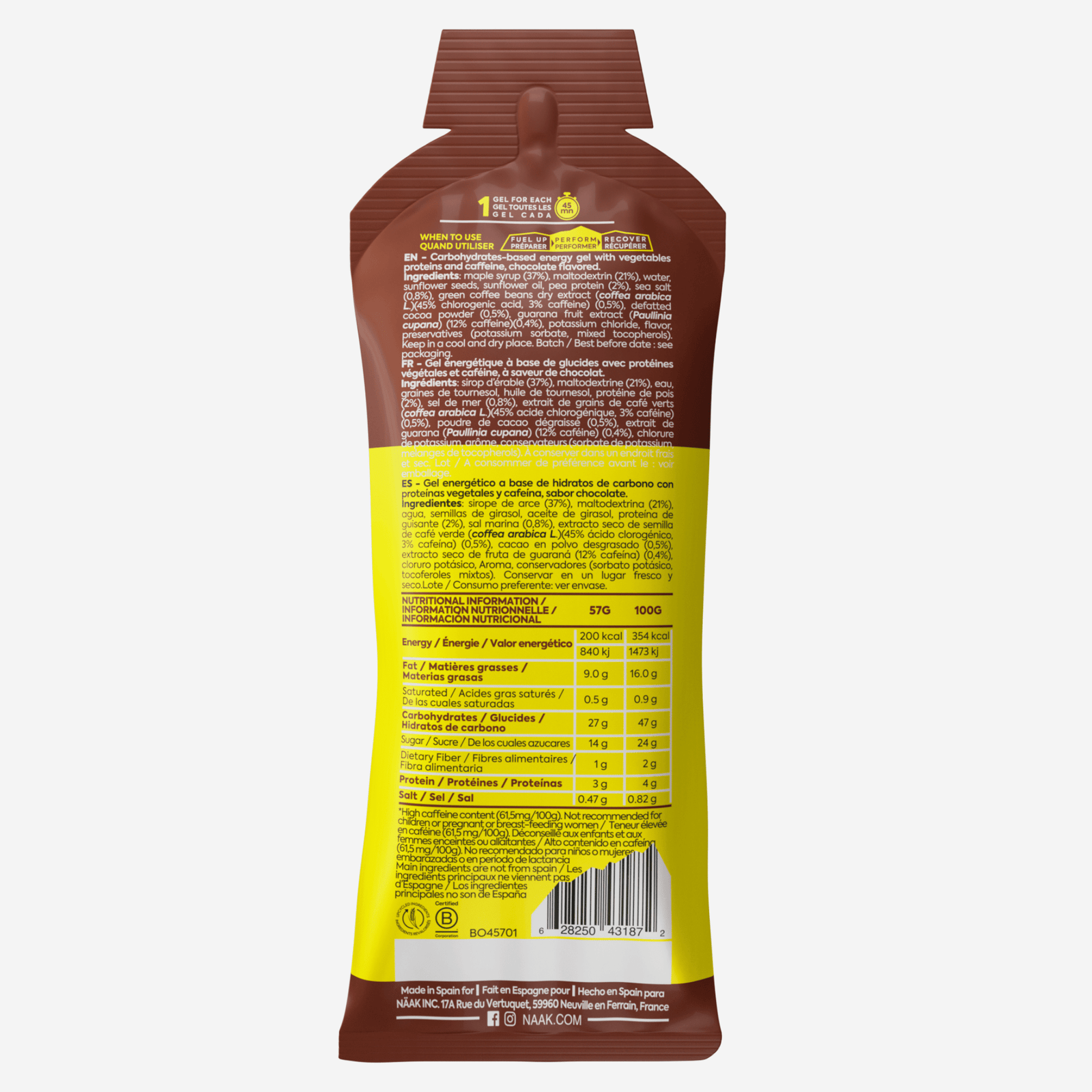


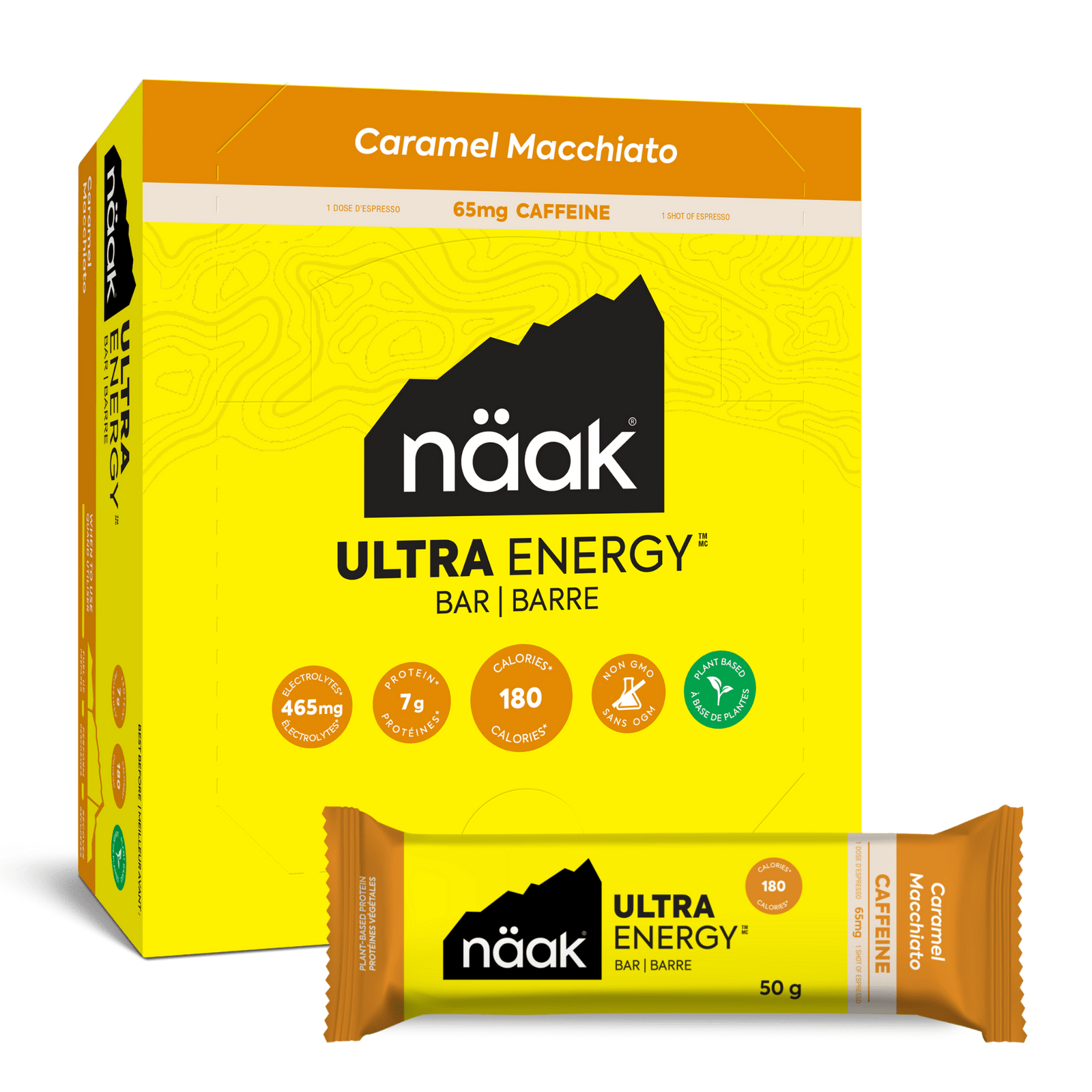



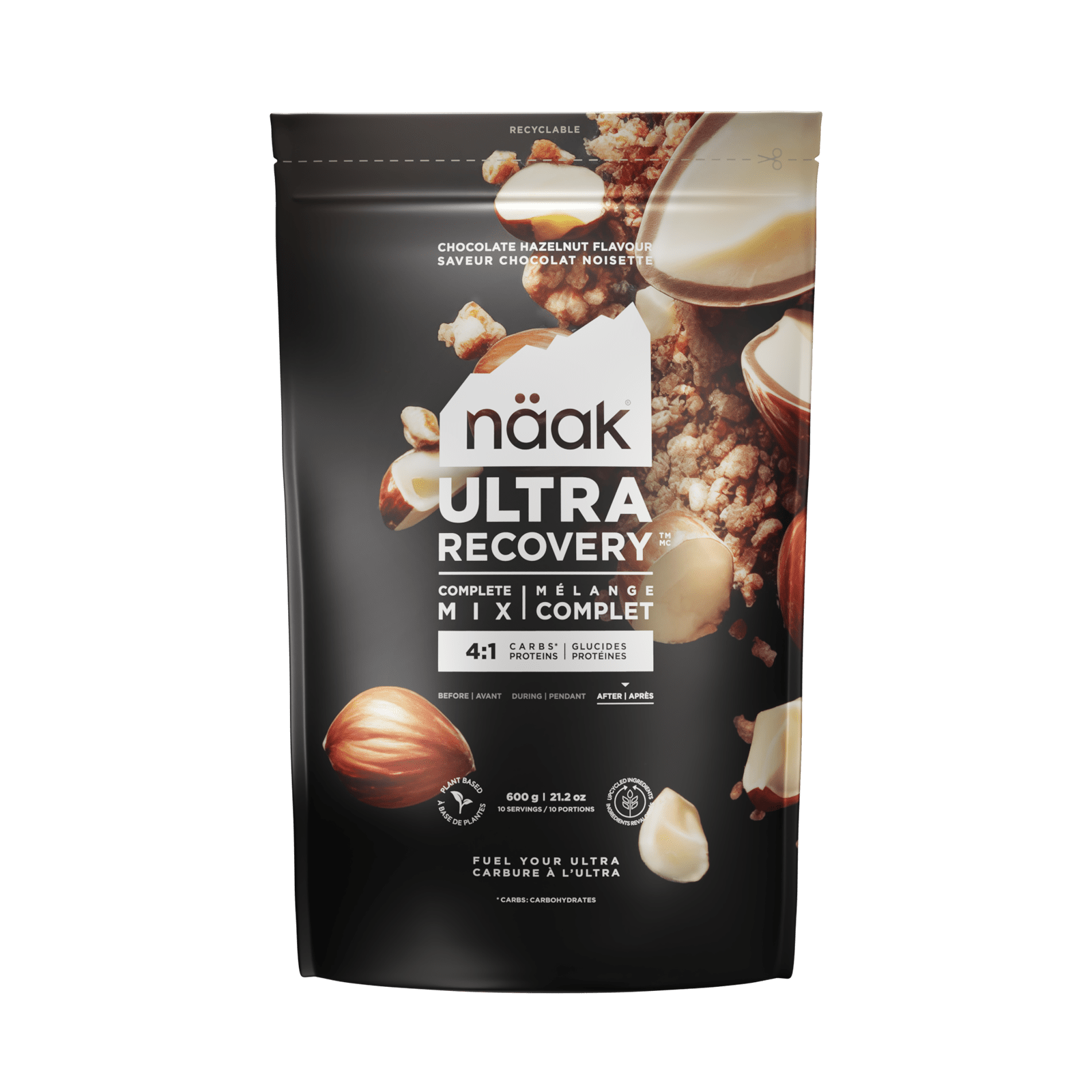

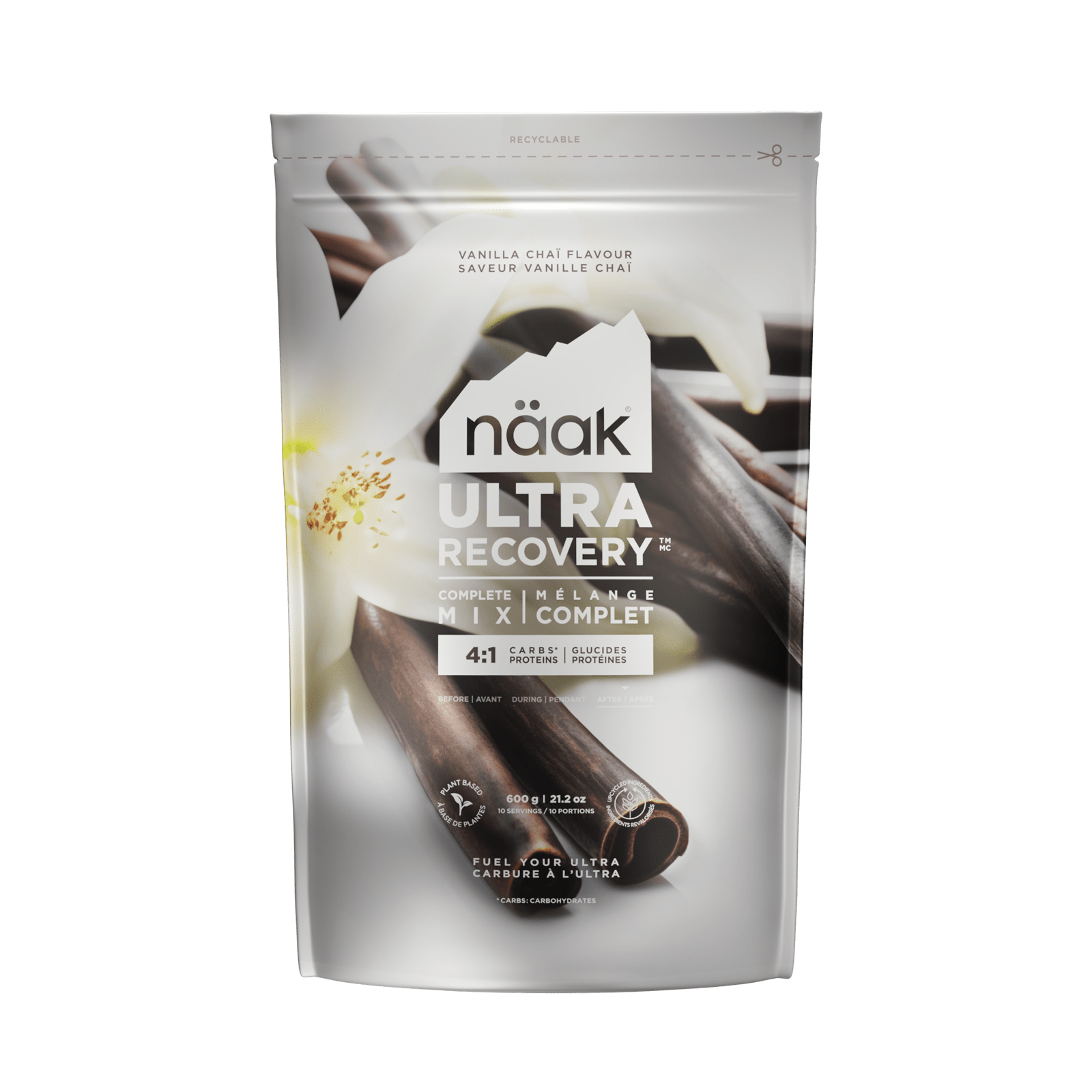
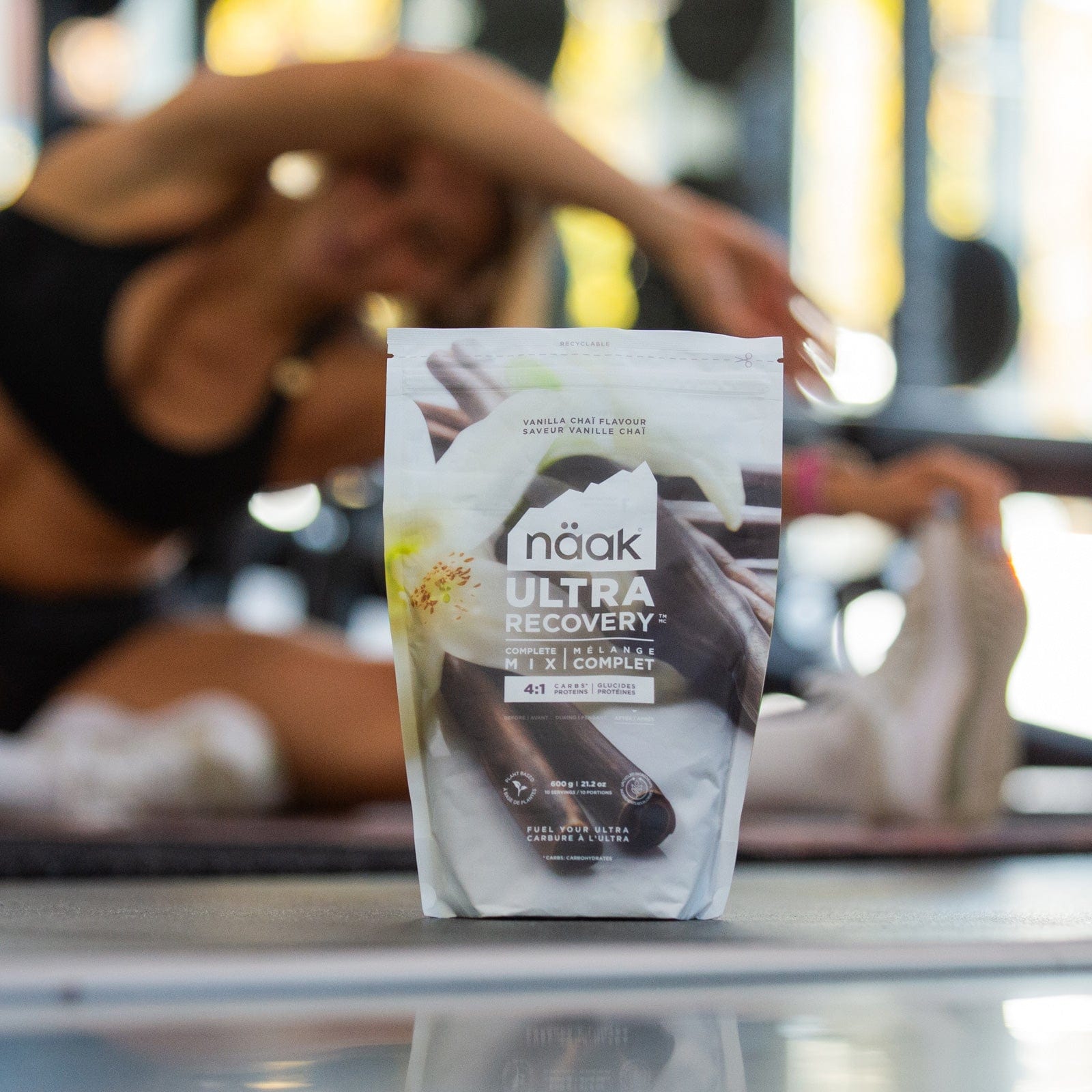
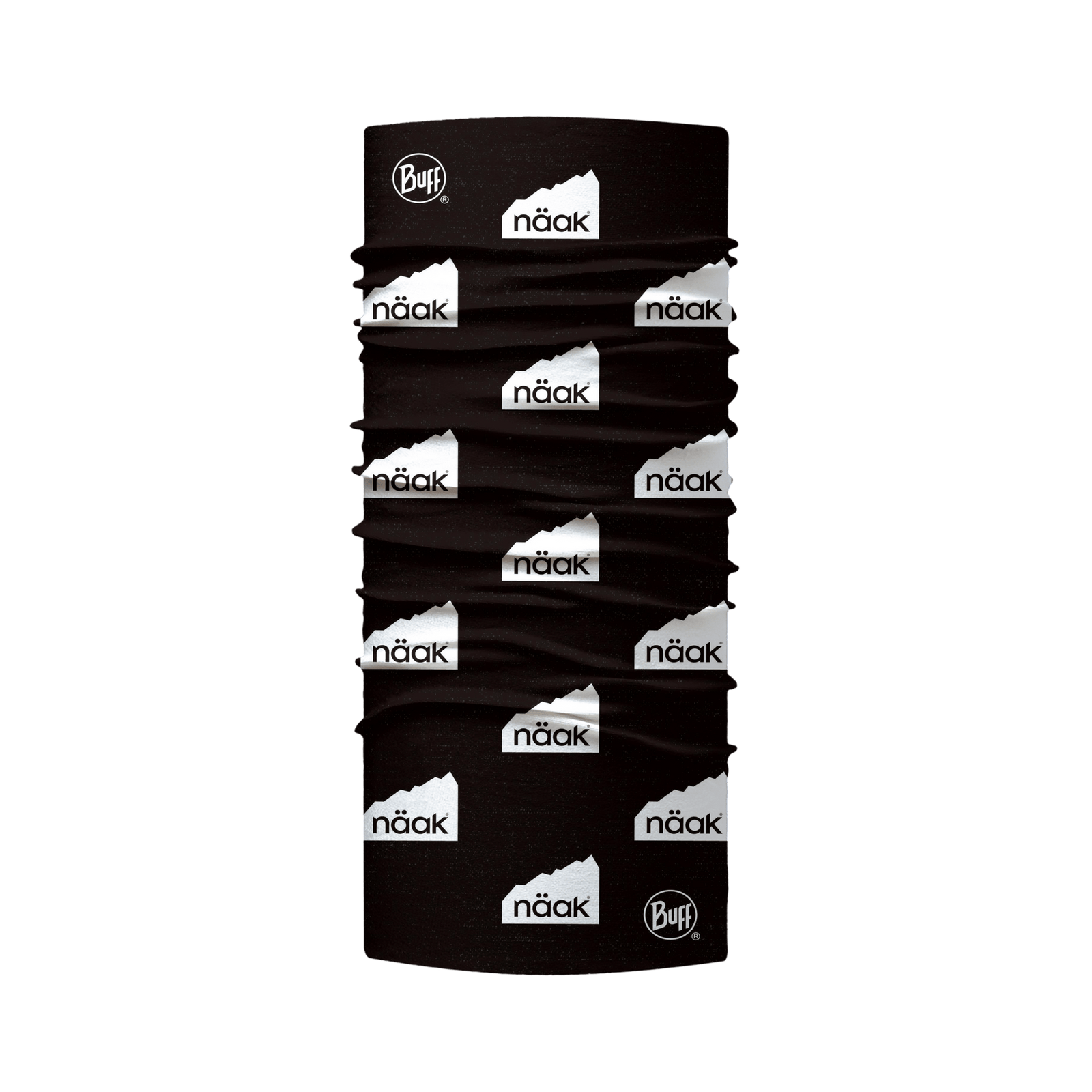
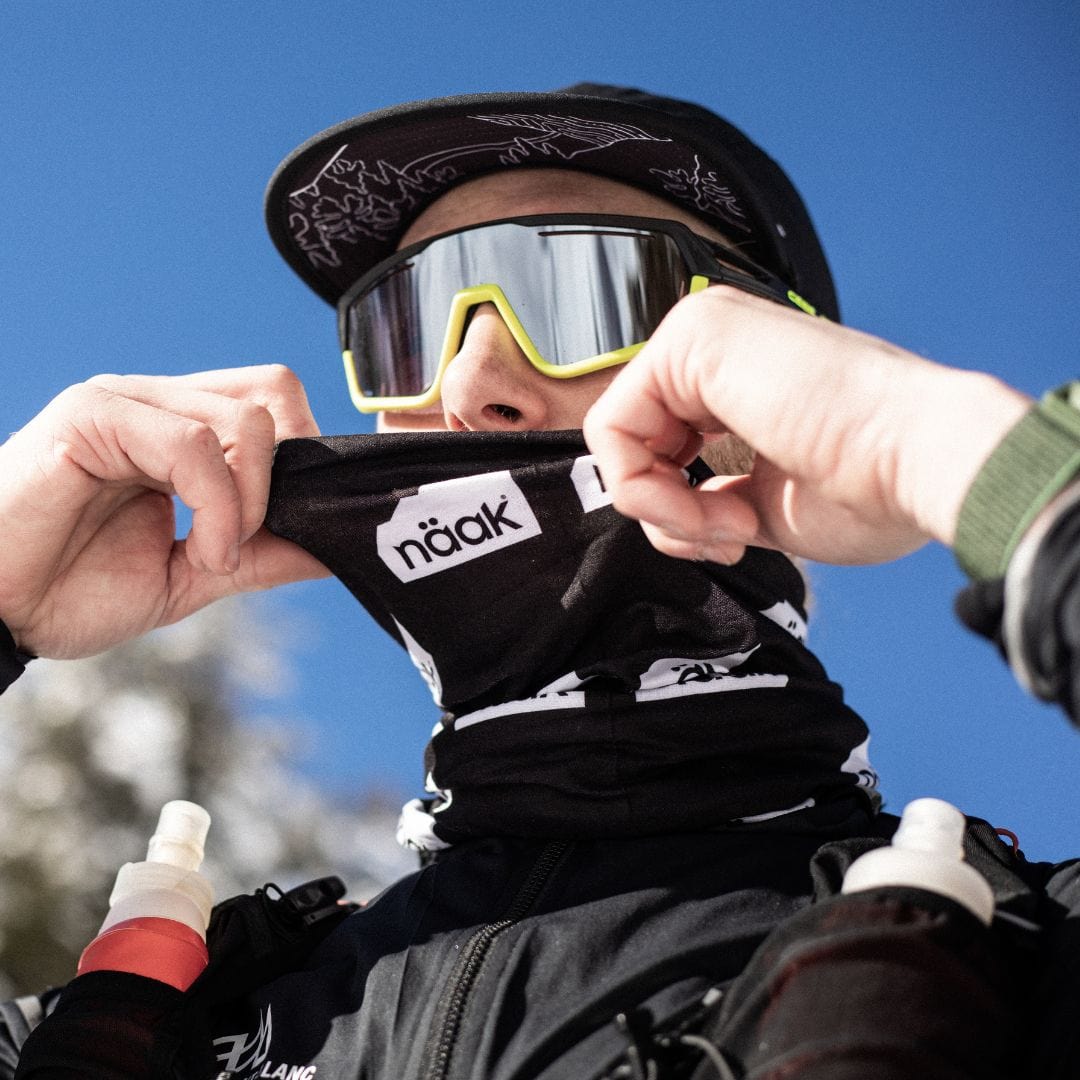
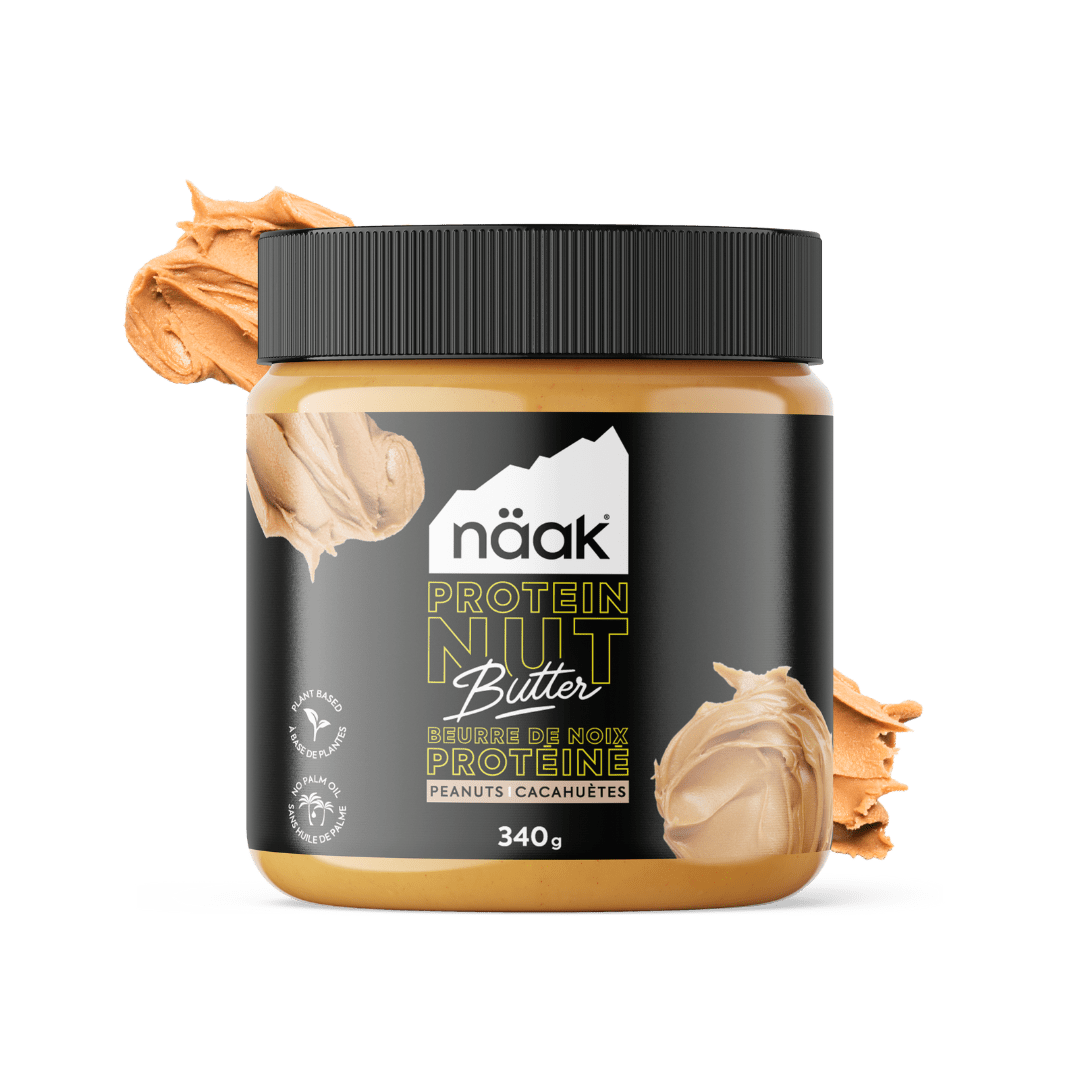
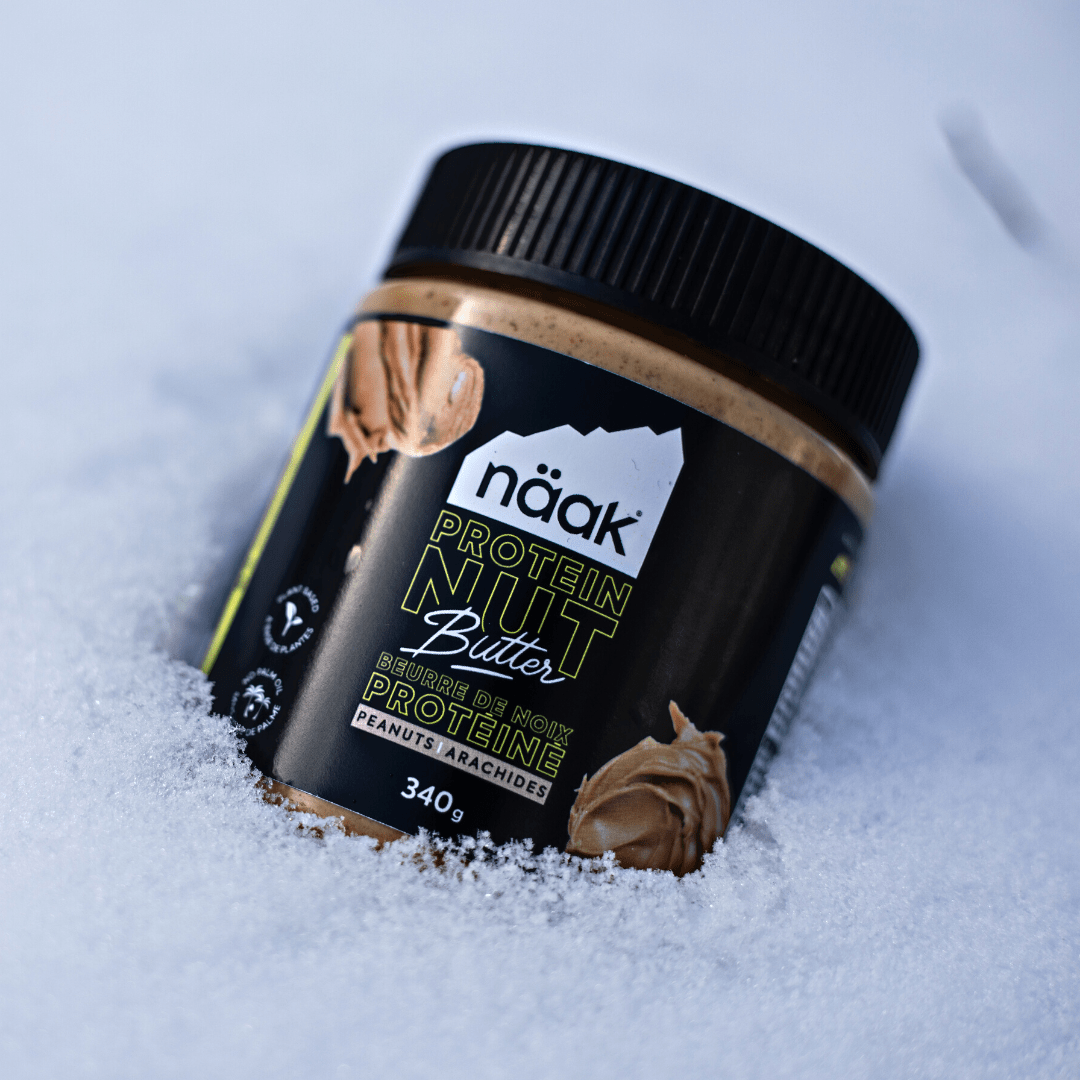
Laisser un commentaire